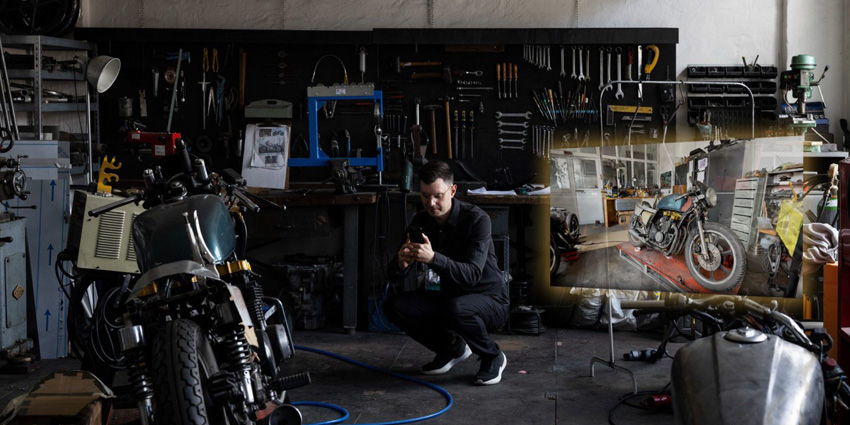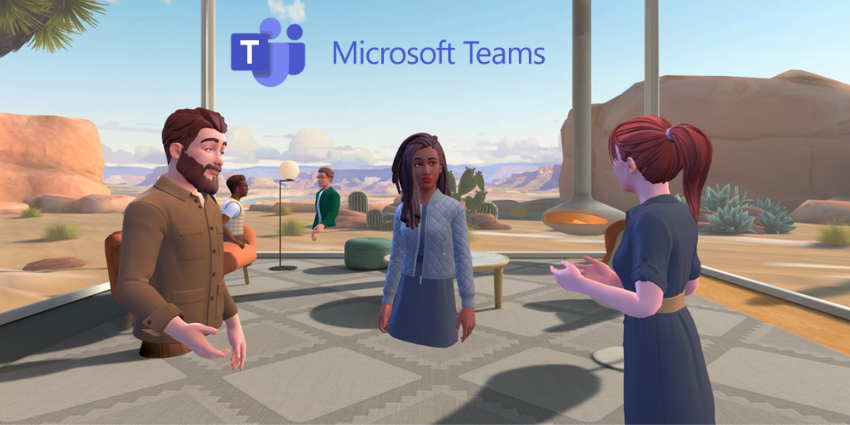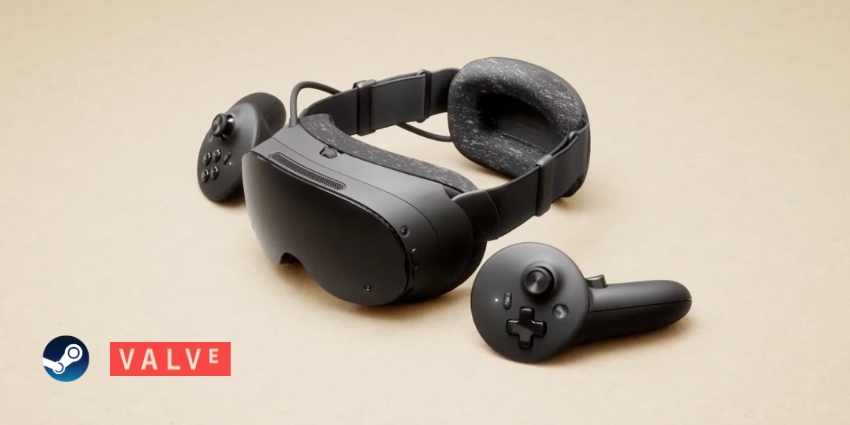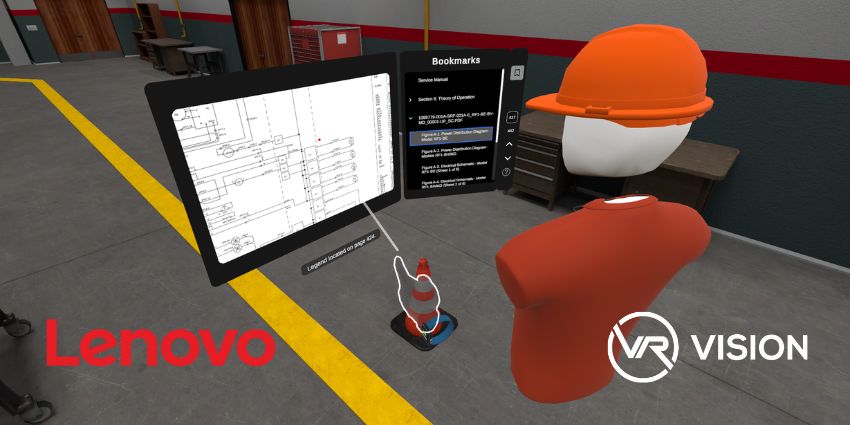This week, Varjo announced Teleport version 2.0, an update that aims to amplify its leading 3D capture solution, improving the ways businesses can capture real-world spaces and turn them into immersive environments.
Teleport 2.0 enables a fully automated, cloud-based production pipeline that allows end-users to spatially capture an environment with a range of capture devices, such as a drone, DSLR, or smartphone.
The new Teleport update leverages enterprise-grade GPU processing and advanced Gaussian Splatting reconstruction, proving high-quality capture technology without requiring specialised hardware and manual processing.
Patrick Wyatt, Chief Product Officer at Varjo, added:
With Teleport 2.0, creators no longer have to choose between the ease of consumer-grade scanning apps, or the visual fidelity of expert photogrammetry hardware and software. We’re delivering best-in-class visual quality, fully automated cloud processing, and the flexibility and control that professional work demands.
New Features
Alongside workflow streamlining and accessibility considerations, Teleport version 2.0 also includes a fresh 3d reconstruction engine that Varjo notes preserves real-world detail during large-scale scanning projects, noting how large-scale environments can become digitised in minutes.
Moreover, once an environment is scanned, Teleport 2.0 contains a new set of tools that allow businesses to build interactive experiences such as virtual tours and explorable digital twins.
Speaking on the new Teleport launch, Christophe Hitié, a 3D Creator, said:
Teleport lets me forget about manual tweaking and endless software updates. I upload, it processes, and I come back to spectacular, professional-quality scenes, leaving me free to capture more places and worry less.
Varjo is notably targeting the solution towards enterprise clients by bringing deep considerations towards data ownership and control for B2B users, following its recent stride towards providing enterprise XR solutions at scale.
Supporting the XR-4 Leading into 2030
Varjo recently announced in its roadmap that it plans to support the XR-4 Series headset for training and simulation use cases until 2030. This decision aims to provide clients with a reliable hardware promise that will not become outdated due to successive device iterations.
According to the company, Varjo focuses on use cases requiring long-term hardware reliability. Many vendors release new iterations of headsets each year, which can pose challenges for enterprise customers looking to integrate XR devices. Frequent hardware updates can disrupt these efforts, as introducing a newer mode may make a previous device obsolete or unsupported.
To address this concern, Varjo is championing its XR-4 Series device for an extended period, ensuring long-term reliability with a single piece of XR hardware. While the XR-4 may become outdated by the decade’s end if market hardware expectations rise unexpectedly, such assumptions remain speculative. With this long-term vision, Varjo is likely considering future hardware trends in its roadmap planning.
Additionally, Varjo has introduced Varjo Base Pro, a new software license tier for enterprise XR-4 customers, which costs $2,500 per year. This license expands the headset’s capabilities, helping to keep the device aligned with evolving market expectations.







